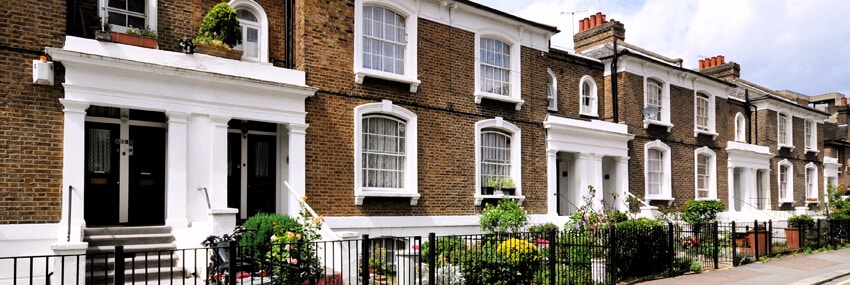Writing for Taxation magazine’s Readers’ Forum, BKL tax consultant Terry Jordan responds to a reader’s query about inheritance tax residential nil rate band (IHT NRB) entitlement on the value of a former matrimonial home.
‘My client is recently divorced and his wife remains in the former matrimonial home, while my client retains a half share in his own name. On his death, this share will pass to his daughter.
The client has asked whether he will be entitled to the inheritance tax residential nil rate band on the value of this property in his estate. I know that the relief applies to a house that is occupied at death and this would be extended to the excess proceeds from selling a home to downsize, but I cannot see anything in the guidance that correlates to this situation.
I look forward to readers’ thoughts.’ Query 19,619 – Seeker.
Terry Jordan’s reply: The property does not have to be occupied as at the date of death.
‘Readers with long memories may recall George Osborne’s promise in the autumn of 2007 of a £1m inheritance tax nil rate band. Having been elected with a majority in 2015, the Conservative government introduced the residence nil rate band, now in force at £175,000 from 6 April this year, and available against the value of a residence passing to a direct descendant. So, for a married couple or civil partners with two ordinary nil rate bands and two residence bands, £1m free of inheritance tax is possible.
As with the ordinary nil rate band, the residence band can pass on the death of a spouse or civil partner to the survivor and, at best, double up on the allowances on the second death.
Seeker’s client is divorced but used to occupy the matrimonial home as a residence and his daughter, to whom he will leave the property on his death, is his direct descendant. HMRC’s guidance makes clear that the home must have been owned and lived in by the deceased at some point, but not necessarily at the date of the person’s death. IHTA 1984, s 8H provides: ‘“Residential property interest”, in relation to a person, means an interest in a dwelling house which has been the person’s residence at a time when the person’s estate included that, or any other, interest in the dwelling house.’
Accordingly, the client’s estate should benefit from the residence nil rate band, subject to the caveat that the allowance tapers if the value of the estate on death, net of debt but gross of, for example, agricultural property relief and business property relief, exceeds £2m. In such a case, the allowance is withdrawn at £1 per £2 of value over the threshold.
Although not in point here because the client has retained the half share, Seeker refers to the downsizing provisions and where relevant, reference could be made to Gill Steel’s article ‘The Achilles heel‘ (Taxation, 29 November 2018, page 17).
The client’s retained share would potentially be subject to capital gains tax on a lifetime disposal but any gain will be extinguished free of capital gains tax on his death.’
The article is also available on the Taxation website.
For more information, please get in touch with your usual BKL contact or use our enquiry form.


